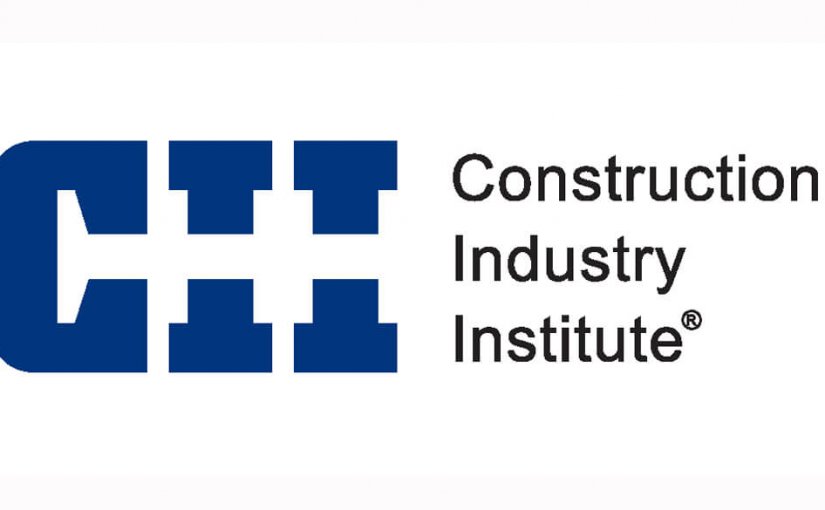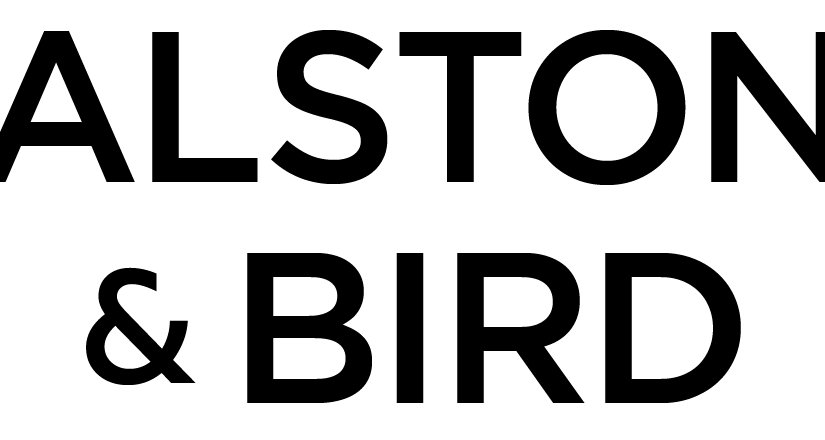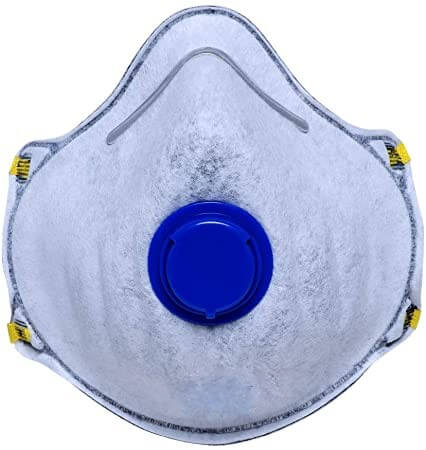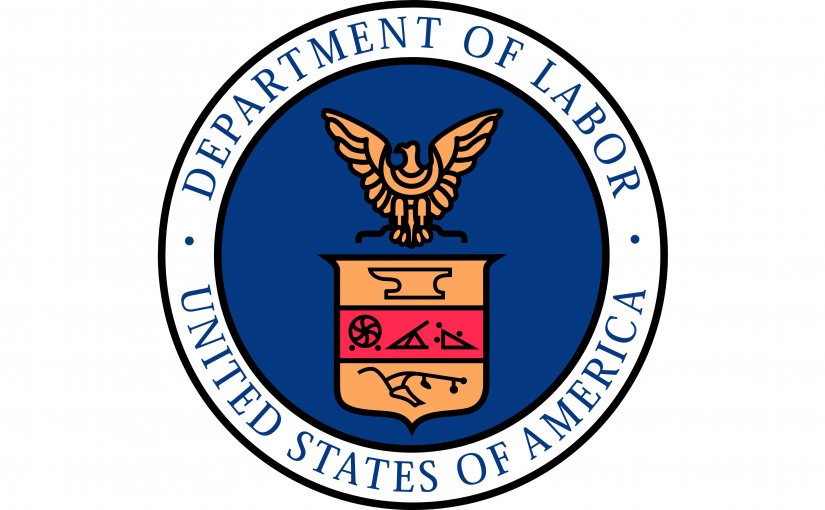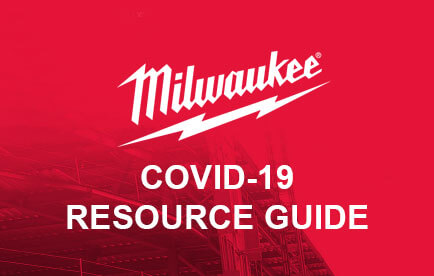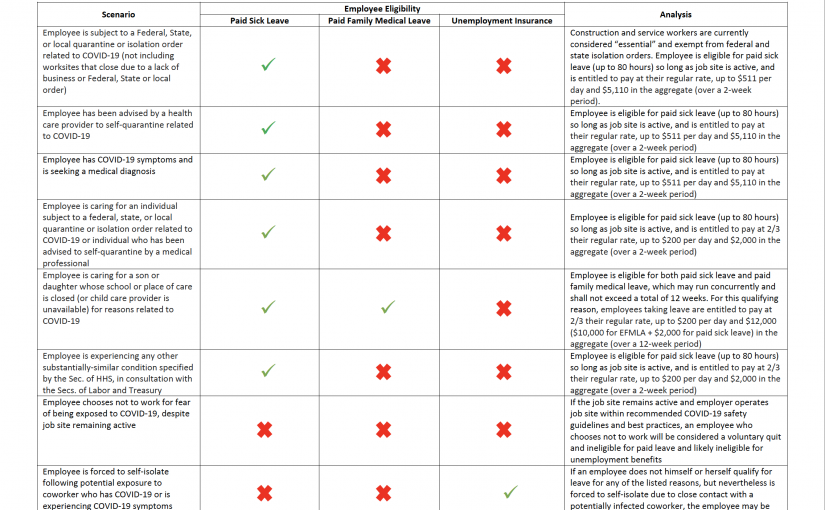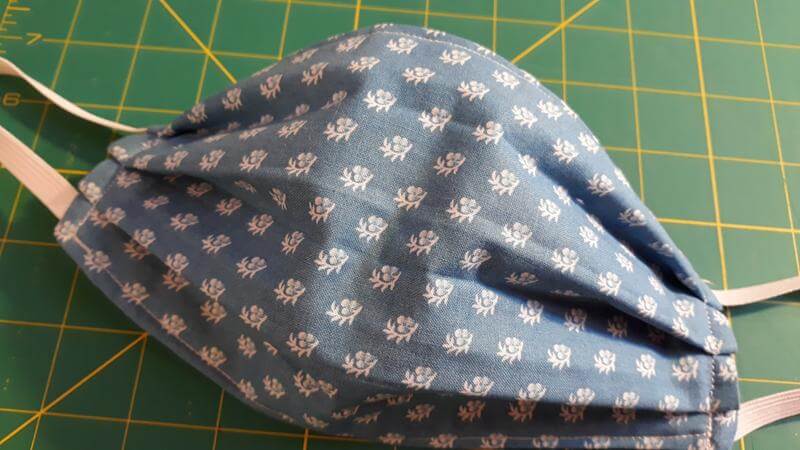Strategies to manage your workforce to come out stronger in recovery
The recent COVID outbreak has created unprecedented human capital challenges for the construction industry, especially as to how owners and contractors manage their workforce in the context of project suspensions and early termination of contracts. Balancing the required adjustments in the workplace with HR policies, while tackling talent retention, workforce planning and knowledge management is therefore critical to recovery efforts and building resiliency.
This webinar features the key challenges currently disrupting organizations in the construction industry and presents several recommendations to help you overcome workforce management challenges and envision the workforce of the future in anticipation of a post-pandemic rebound.
Speakers include Ryan Isherwood, Managing Director, Alvarez & Marsal (Houston); Riz Shah, Managing Director, Alvarez & Marsal (Washington, DC) and Mike Pappas, Associate Director, CII (Austin).
When: Friday, April 24, 1:00 p.m. Central
